Camping
The Tomahawk as a Tool for Wilderness Survival and Camping
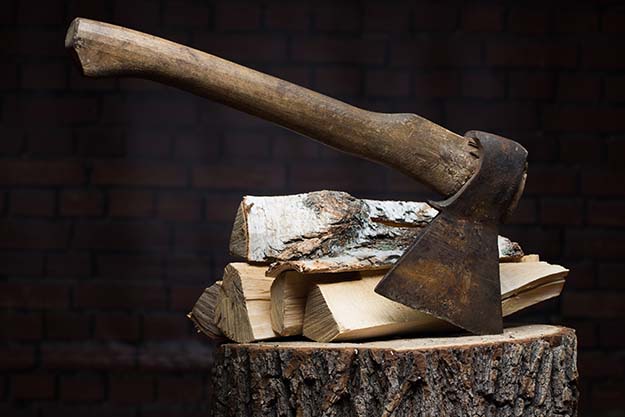
Much has been written about the use of large knives for survival and Bushcraft tasks of late. These bigger blades are used for chopping, slicing, splitting and sometimes digging. With the winter slowly closing in, I would like to talk about another option that will be more gloves friendly and just as effective as the large knife. This tool is none other than a tomahawk. There is something about tomahawks that scream North American and awaken your inner “Last of the Mohicans” gene.
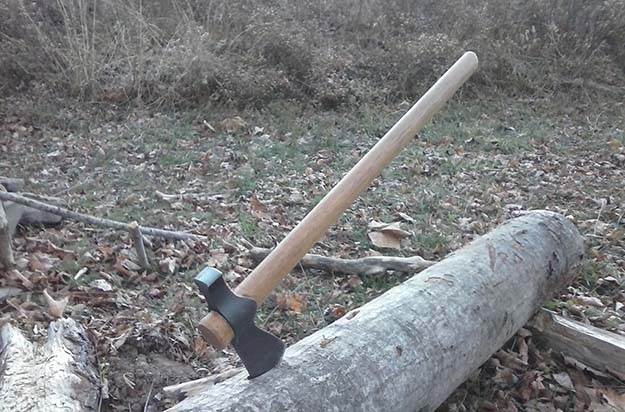
Tomahawks come in a variety of flavors from traditional to tactical. Which type you use is a very personal decision that borders on spiritual. While I prefer the traditional styles, I can still find merit in the tactical models as well. Styles aside, they all share common traits. Tomahawks are light weight, easily repaired in the field, function for a variety of cutting tasks and a means of self defense. To date, I have not needed to battle anyone or anything with my “Hawk”. My hawk use has been limited to camp chores and related Bushcraft activities. Below is a list of a few applications.
- Chopping Wood
- Splitting Wood
- Pounding in Tent Stakes
- Carving Tent Stakes
- Cutting Cordage
- Processing Game
- Blazing Trails / Property Lines
- Fat wood and Chaga foraging
Chopping wood is a pretty straight forward concept, swing the tool and chip out chunks of wood until you have two pieces. With a hawk, you need to take full advantage of a longer handle to make up for the lighter head. It may take more swings than with a hatchet, but if you have a keen edge it will yield the same result.
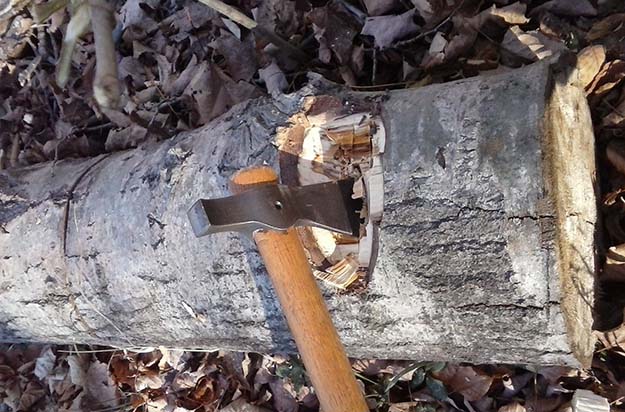
Splitting will be different. Yes you can split some firewood like an axe, but the hawk design isn’t ideal for traditional splitting. Besides, you are not splitting to supply you wood stove with fuel, this is for camping or emergency fires. Most likely you will be splitting smaller pieces to get to the dry middle and create more surface area for flames to burn. Start by striking the end of the stick near the tip and along the side:
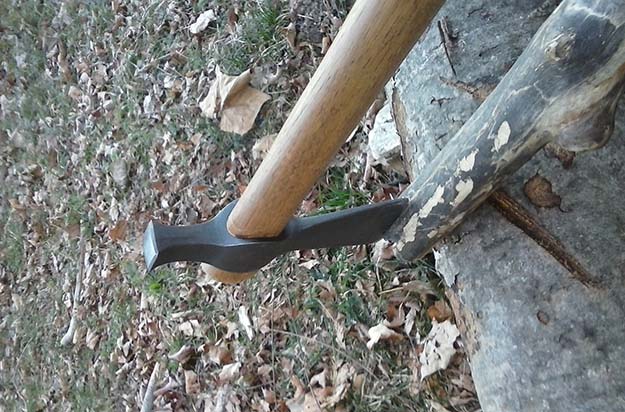
Once you get the hawk through and a split starts, hold the stick in one hand and twist the stick and hawk away from each other (like a turkey wish bone). Many times this will split the wood apart.
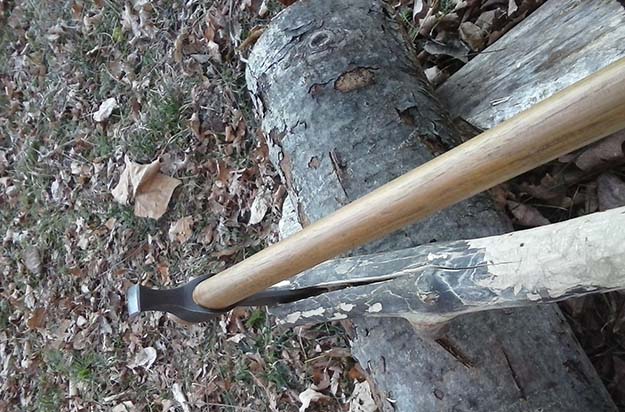
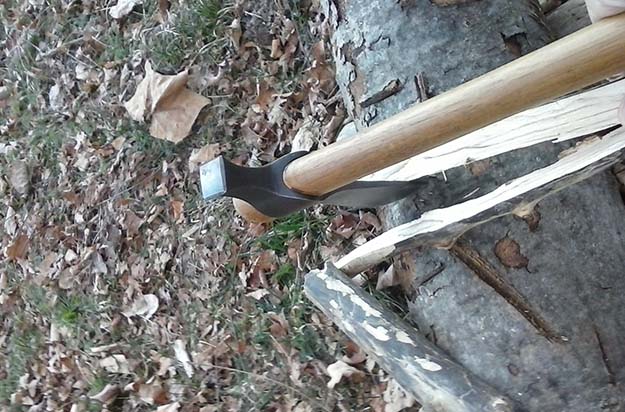
Shavings can also be produced with a tomahawk, much like those from a knife. I have found that with a hawk it’s more of a scraping motion and less slicing. The result is the same, tinder for a fire. Gripping the tomahawk just below the head will give the right purchase for shaving curls.
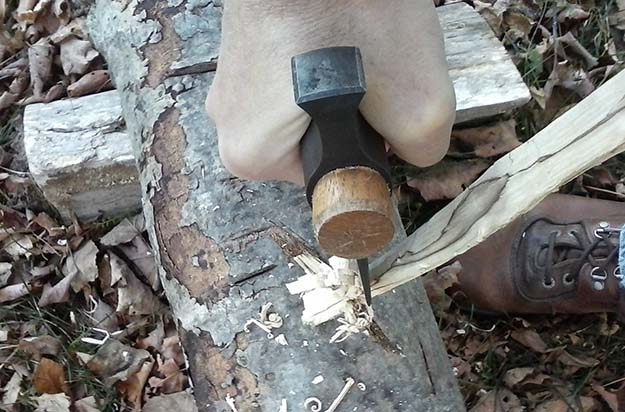
Cutting cordage is also not a problem using a hawk. It’s a little awkward trying to cut paracord like one would with a knife, it does work.
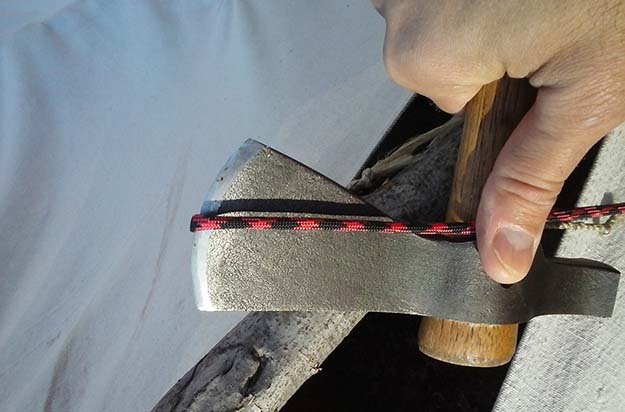
A little too much fraying indicates more stone work is needed on the edge.
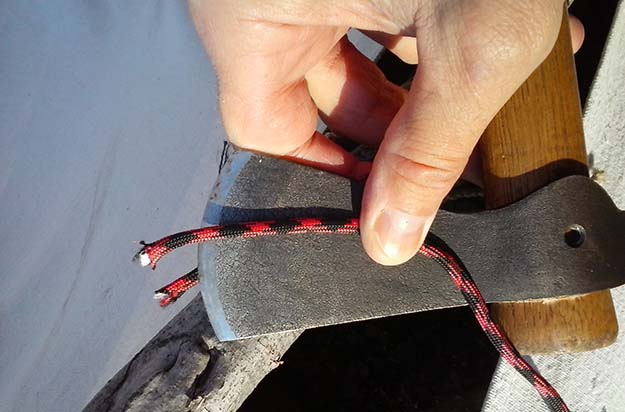
I prefer to cut cordage by laying it across a log and just chopping it. It’s quick and leaves a cleaner edge.
If you are looking for a new tool for your kit, try out a tomahawk. The heads on the traditional models come off with a few taps and make stowing in a pack pretty easy. Sliding under a belt is also very viable and keeps it handy for gathering fire materials as you are moving along. I still carry too many knives in my gear, but the hawk just adds something to the run of the mill camp chores. In my opinion, the tomahawk has a huge mechanical advantage over a large knife for fire wood gathering.
Be safe and enjoy the season!
Suggested Videos
-

 Paracord Projects1 year ago
Paracord Projects1 year agoParacord Projects | 36 Cool Paracord Ideas For Your Paracord Survival Projects
-

 Paracord Projects1 year ago
Paracord Projects1 year agoHow To Make Paracord Survival Bracelets | DIY Survival Prepping
-

 Medical Care1 year ago
Medical Care1 year ago21 Home Remedies For Toothache Pain Relief
-

 Knife Laws1 year ago
Knife Laws1 year agoAre Switchblades Legal? Knife Laws By State
-

 Do It Yourself1 year ago
Do It Yourself1 year agoSurvival DIY: How To Melt Aluminum Cans For Casting










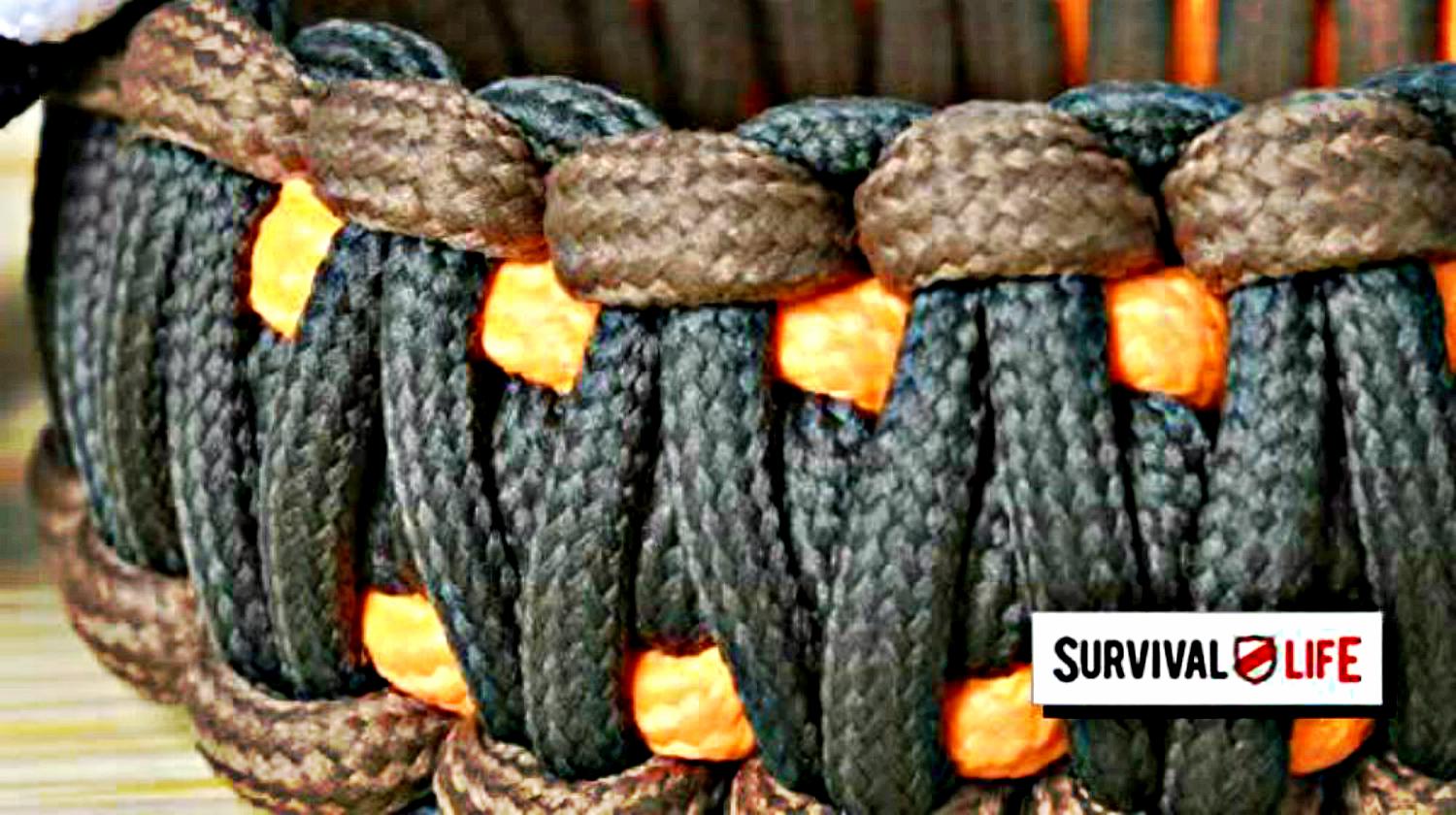




Pingback: Preparing Your I.N.C.H. Bag | Survival Life
Pingback: 10 Survival Items for When You're ALONE in the Wilderness
Pingback: Did You Forget The Can Opener Again? | Survival Life
Pingback: Crovel: The ultimate entrenching tool | Survival Life
Pingback: What is a Crovel | Survival Life
Jim Thompson
April 27, 2017 at 10:51 PM
I like the design of that tomahawk- who makes it?